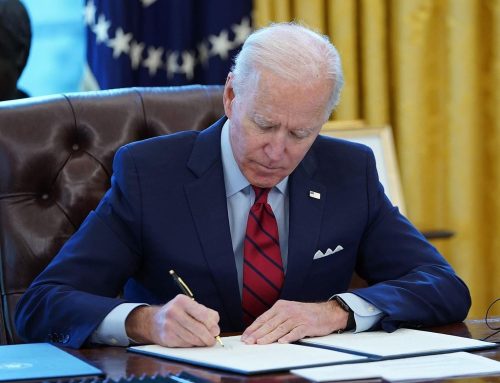Legal Analysis of Confusing USCIS Announcement About the 1-Year Wait Time for Asylee Green Card Applications
By: Ismail Shahtakhtinski, Esq.
On February 2, 2023, the USCIS announced a new policy about 1-year physical presence requirement for asylees filing for adjustment of status. In this policy, the USCIS announced that asylees and refugees must meet the 1-year physical presence requirement by the time the USCIS decides on the Adjustment of Status case instead of the time of filing the application. This got many legal professionals as well as asylees excited into believing that, under this new policy, the asylees can now file for Adjustment of Status (green card application) immediately after the asylum approval because the asylee green card applications currently take several years, and by the time the USCIS officer will consider the adjustment of status, the 1-year requirement will be satisfied. But unfortunately, it appears that this announcement was misunderstood by many. There are now continues debates and discussions on this topic between many of our colleagues, immigration professionals and immigrant community.
While it is prone to various interpretations and can possibly be litigated, here is my take on all this:
If you look at the USCIS’s formal Policy Alert, you will see that the USCIS clearly differentiates the two requirements for asylee’s eligibility to file for Adjustment of Status:
- One calendar year waiting period after asylum grant; AND
- One year of physical presence requirement.
In the third paragraph of “Background” section of the Policy Alert, it states:
Statutorily, a refugee is required to apply for adjustment of status 1 year after being admitted as a refugee. However, it is impossible for a refugee to satisfy both this filing requirement and the physical presence requirement at the time of filing for adjustment of status if the refugee has traveled outside the United States during the 1-year period after admission as a refugee. This has led to situations in which a refugee files for adjustment of status as required by the statute, but the refugee is unable to satisfy the physical presence requirement.
So, in announcing this new policy, the USCIS clearly identifies the issue which this policy intends to resolve, and the issue is the absences/travels from the US during the 1-year period, causing the 1-year physical presence to be unsatisfied, while 1-year waiting time may be satisfied. This happens frequently, because asylees apply for AOS but fail to account for their brief travels abroad on Refugee Travel Document after the grant of asylum but before they apply for AOS.
I agree that this Policy announcement is vague and contains false language. The statute itself does not create the two distinct requirements. The statute simply says” “…has been physically present in the United States for at least one year after being granted asylum.” 8 USC 1159: Adjustment of status of refugees (house.gov). Neither does the existing USCIS policy manual itself refers to two distinct requirements: Part M – Asylee Adjustment | USCIS. Nor is there a CFR allowing early filing. Therefore, I do see fallacy or vagueness in the USCIS’s policy alert, which needs to be clarified or it will likely end up being litigated.
The USCIS does not have a legal authority to allow applicants to file an application earlier without formal “rule making”, i.e., making this policy into a formal Rule, i.e., Code of Federal Regulations (CFR). For example, the 90-day early filing rule for naturalization applicants is codified in 8 CFR § 334.2. But there is no such CFR for early filing of asylee AOS. Rulemaking is a process through which a Federal Agency, e.g., USCIS, can establish the procedures and fill in the gaps in the laws (statutes) passed by the Congress. Policies are simple the way the USCIS announces their positions on the issues or different interpretations of the laws.
My concern in advising asylees to file for AOS early is that, if it ends up being incorrect, as argued above, then by the time the asylee’s AOS is adjudicated and denied for early filing (which can take several years), the applicant will lose filing fees, legal fees, and most importantly, a significant amount of time due to having to refile again. For example, this happens if an applicant files N-400 or I-751 too early.
Ismail Shahtakhtinski, Esq. is the founder and principal attorney at I.S. Law Firm, PLLC, an international law firm representing individuals and organizations in a broad range of immigration matters with an emphasis on US asylum law and human rights.
On this website, we have assembled useful information, resources and tips, and information on our law firm’s practice areas. The information provided on this website is not a legal advice and does not create attorney-client relationship. We try to expand and update the information and content on our website, by frequently adding new resources, tips, guides, and Q&As. However, every case has its own individual nuances, facts and circumstances. Therefore, it often becomes necessary to consult directly with a qualified attorney, who can answer your questions, explain your options, and give you legal advice and recommendations. You can schedule such a consultation with one of our excellent attorneys using this link: Schedule a Consultation – I.S. Law Firm, PLLC (islawfirm.com)





